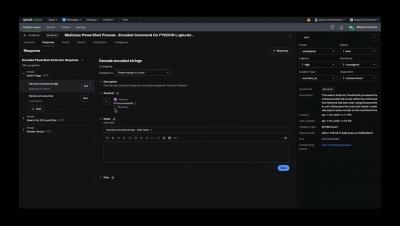Machine Learning in Security: Detect Suspicious TXT Records Using Deep Learning
There are about 90 DNS resource record types (RR) of which many of them are obsolete today. Of the RR’s used, DNS TXT record offers the most flexibility in content by allowing user defined text. The TXT record initially designed to hold descriptive text (RFC 1035) is widely used for email verification, spam prevention and domain ownership verification.











